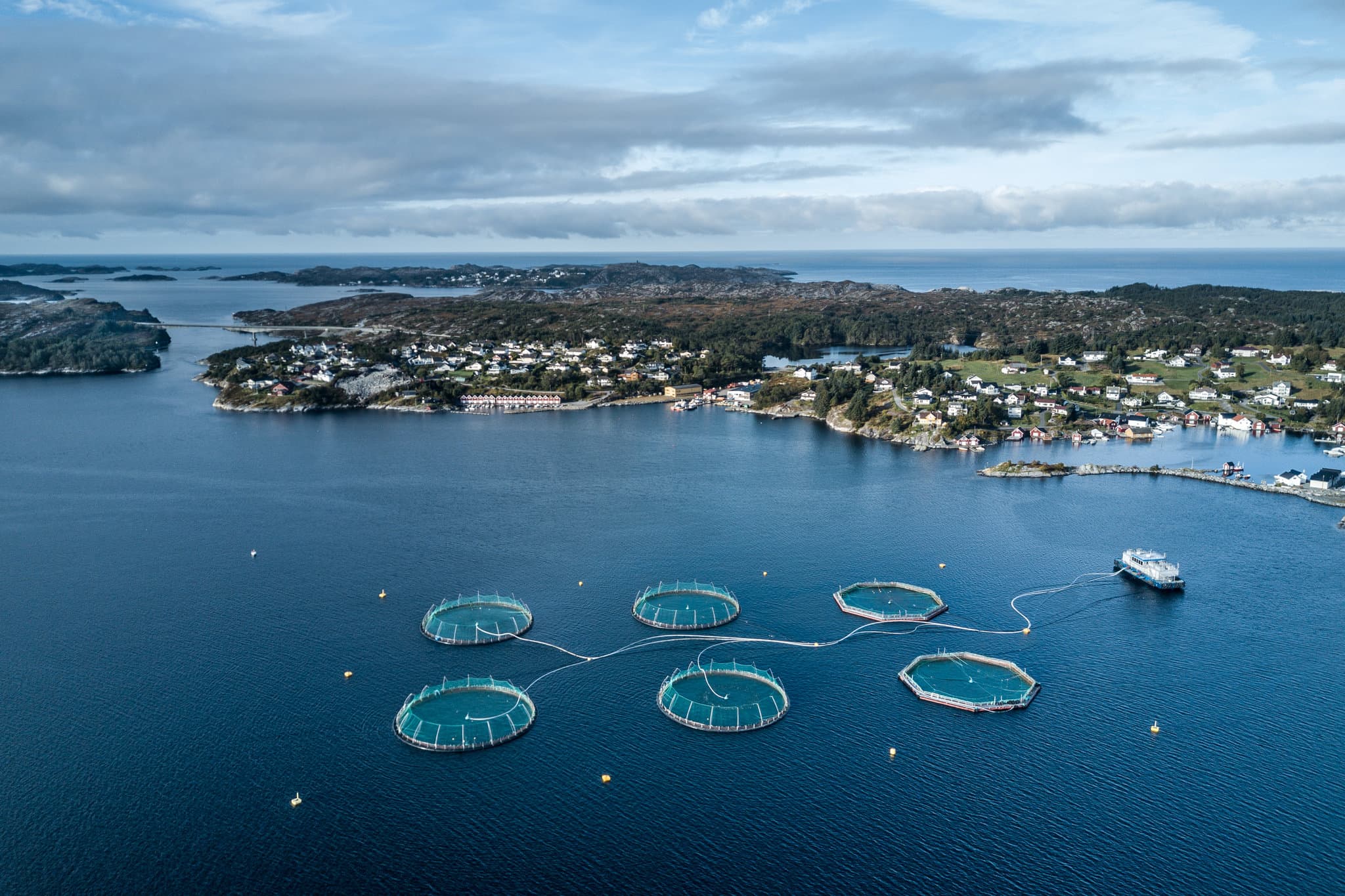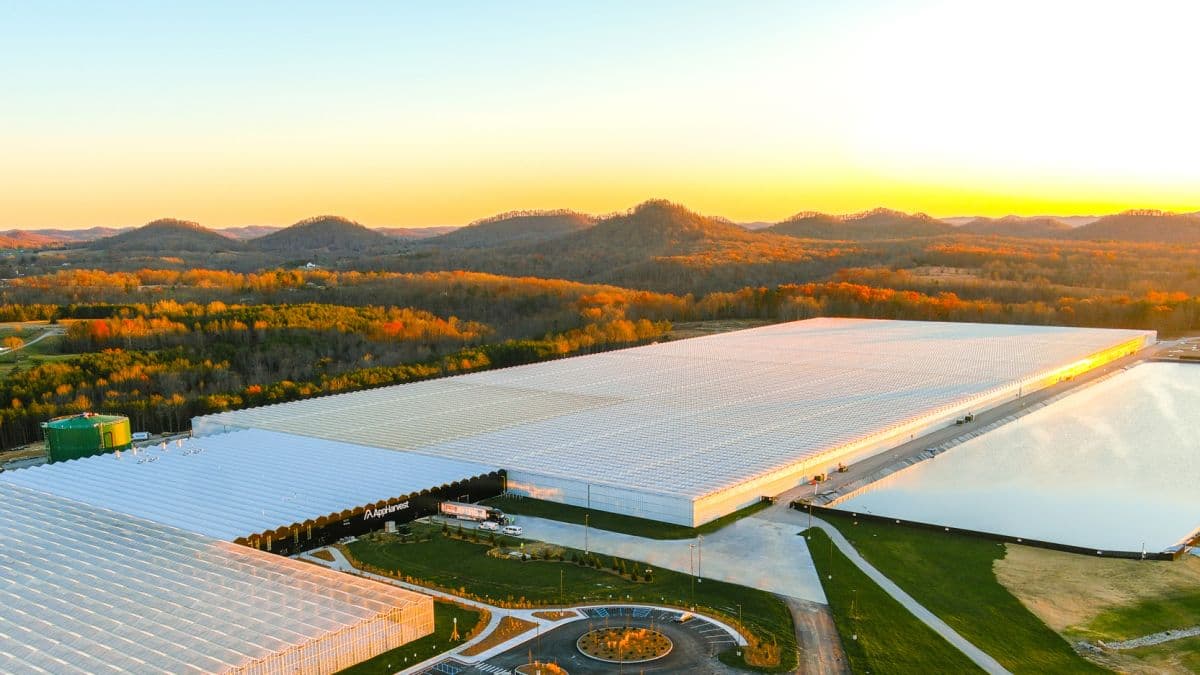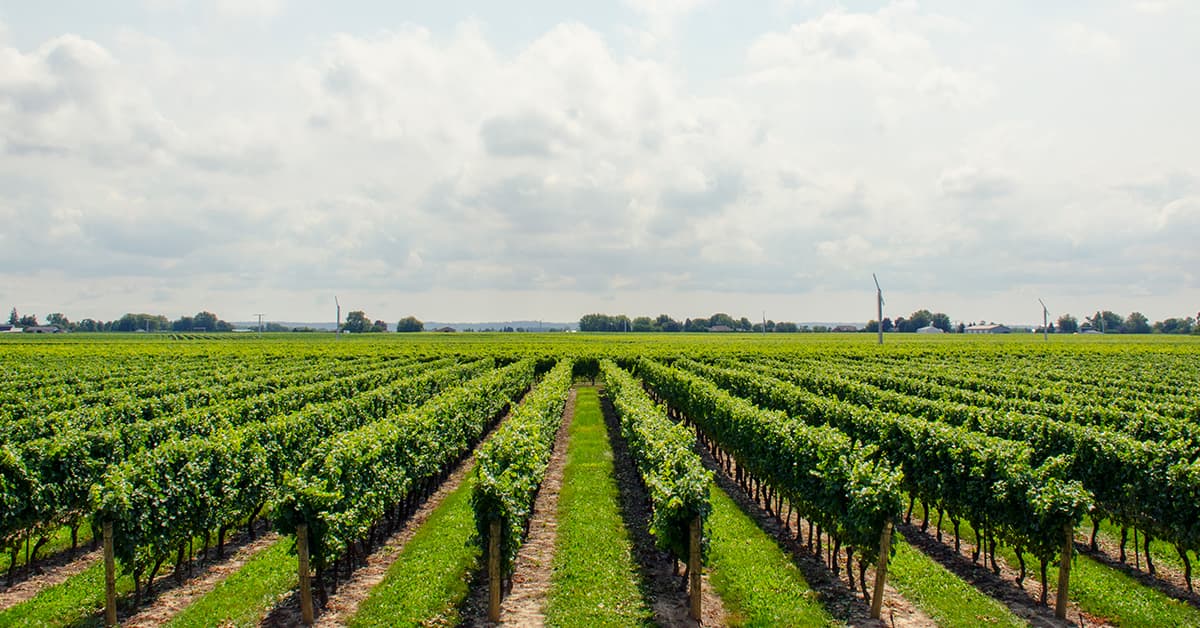Smart Agriculture, The Path to Sustainability
Smart agriculture and aquaculture represent a significant innovation in the application of Internet of Things (IoT) and artificial intelligence technologies aimed at enhancing productivity, lowering costs, and protecting the environment. This approach utilizes sensors to monitor environmental conditions, analyzes data in real-time, and offers automated solutions for managing resources like water, soil, and nutrients. By implementing these technologies, it is possible to improve the quality of production while minimizing waste of both resources and labor.


Improving Productivity
Using advanced technologies in agriculture to enhance production efficiency and reduce operational costs.

Resource Optimization
Reducing water and chemical use through advanced monitoring systems and automation.

Improving Product Quality
Increasing customer satisfaction and marketability by creating ideal conditions for plant growth.

Better Pest and Disease Management
Timely identification and detection of pests and diseases in crops to minimize damage.

Reducing Environmental Impact
Preserving and optimally managing water resources through sustainable agricultural practices.

Data-Driven Decision Making
Utilizing big data analytics for making informed decisions based on accurate information.
Statistics Don’t Lie!
30%
Increase in Productivity
MDPI Articles
20%
Reduction in Water Consumption
MDPI Articles
40%
Reduction in Labor Costs
Civilica Articles
Real World Transformers!
Fish Farms, Norway
Norway has improved the productivity of its fish farms by 25% using smart aquaculture systems. These technologies include automated water quality monitoring and robotic feeding systems, which have significantly reduced operating costs and labor requirements.

AppHarvest Smart Greenhouse
AppHarvest, a company based in the United States, has launched the largest smart greenhouse in North America, located in Kentucky. This greenhouse operates on renewable energy, which has led to a dramatic reduction in water consumption—up to 90% less than traditional agriculture. Additionally, the greenhouse has enhanced the quality of its agricultural products by utilizing temperature and humidity sensors, smart irrigation systems, and cloud-based data processing.

Vineyards, California
In California's vineyards, farmers employ soil and water sensors along with smart irrigation management systems. These technologies gather and analyze real-time data on soil moisture, plant water needs, and weather conditions. This approach not only conserves water but has also increased crop productivity by up to 25% and reduced irrigation costs.



